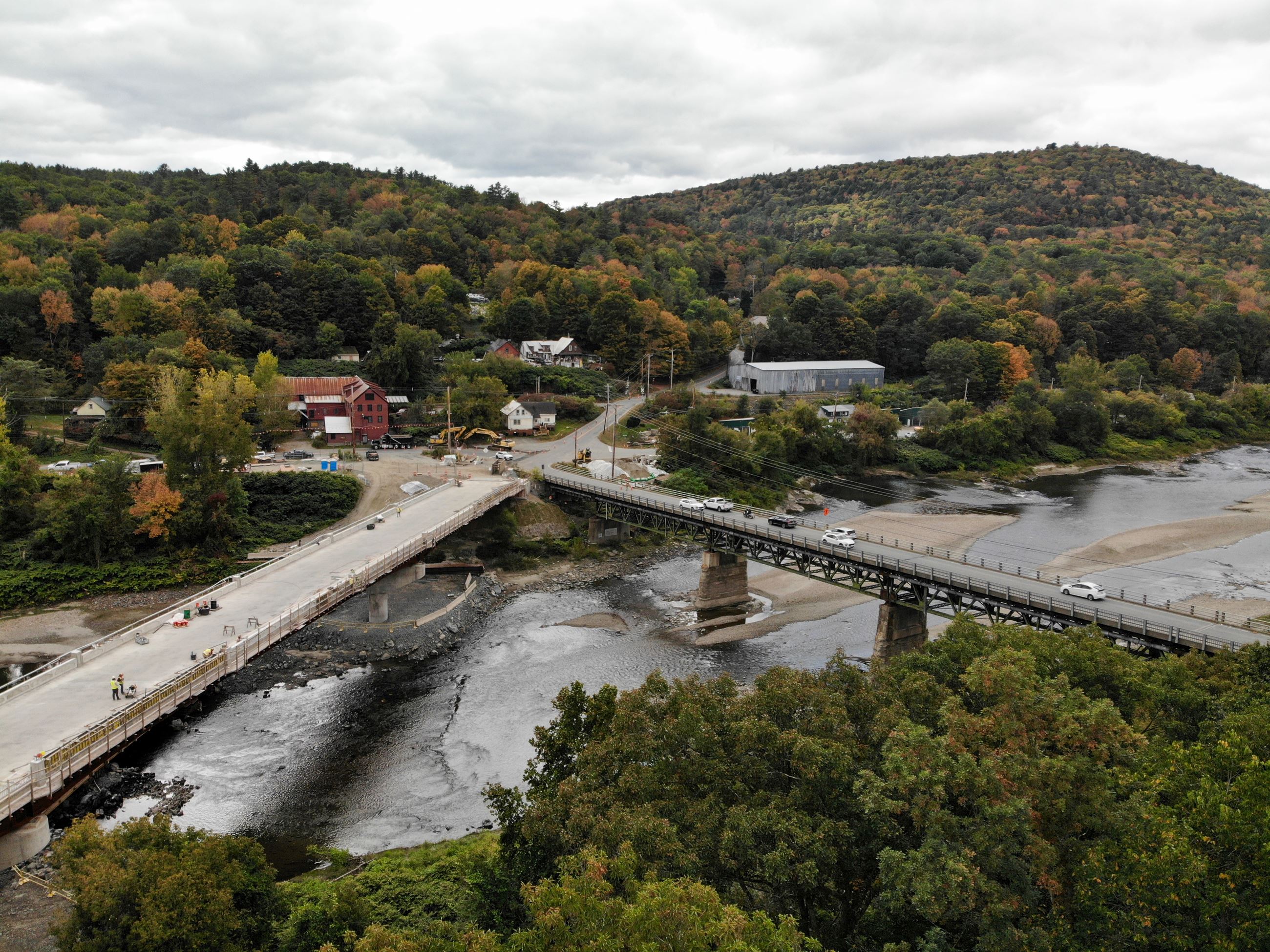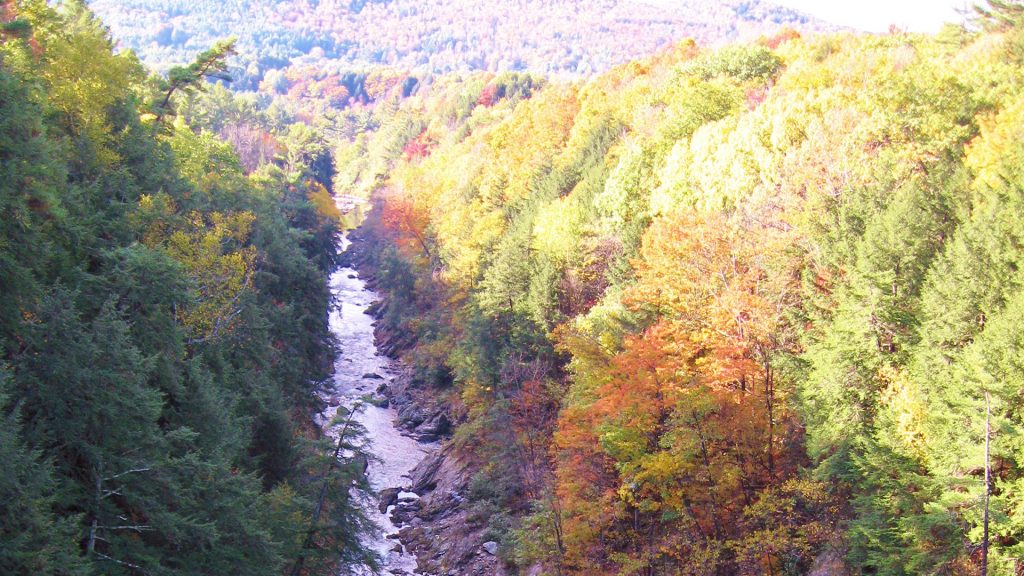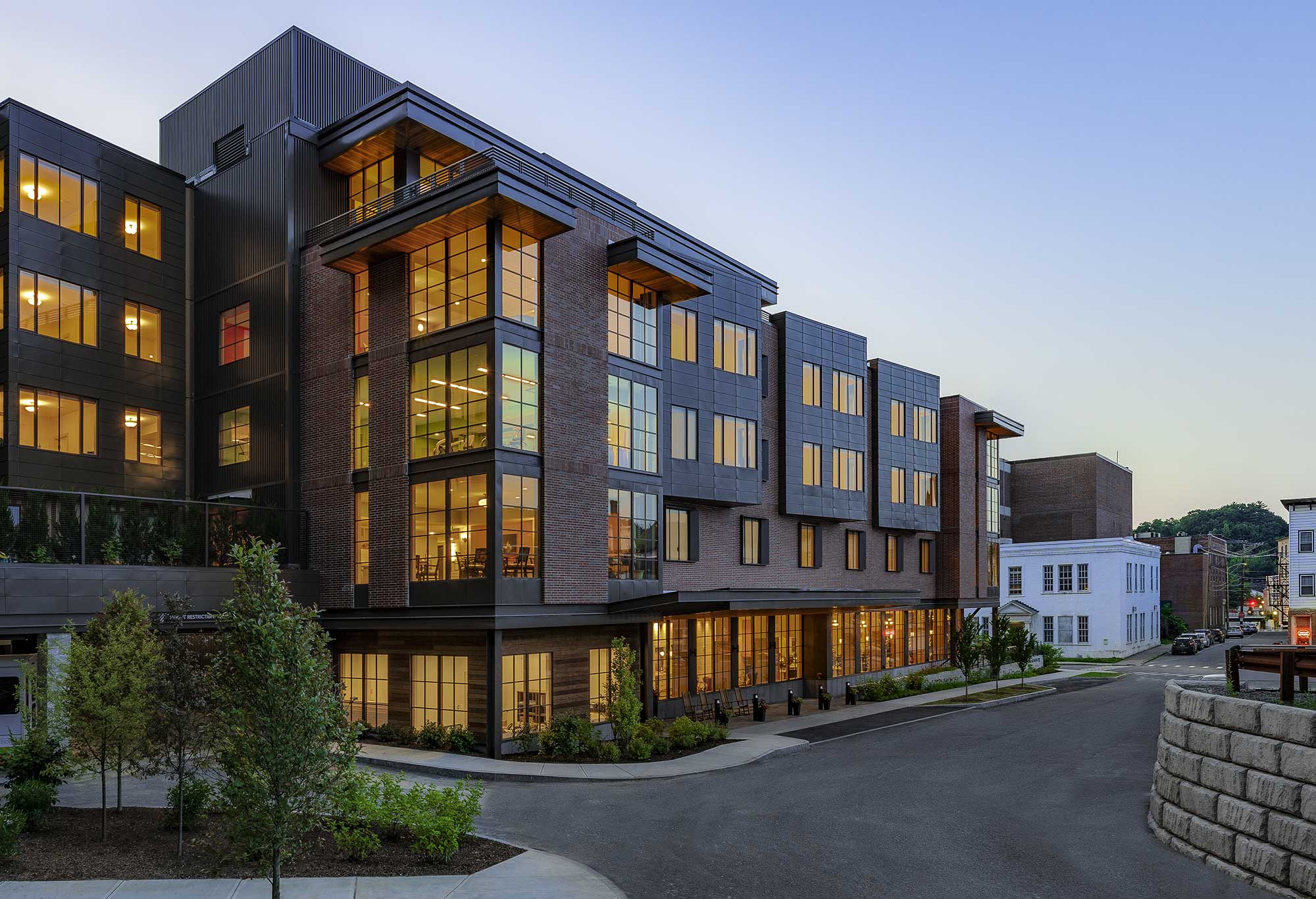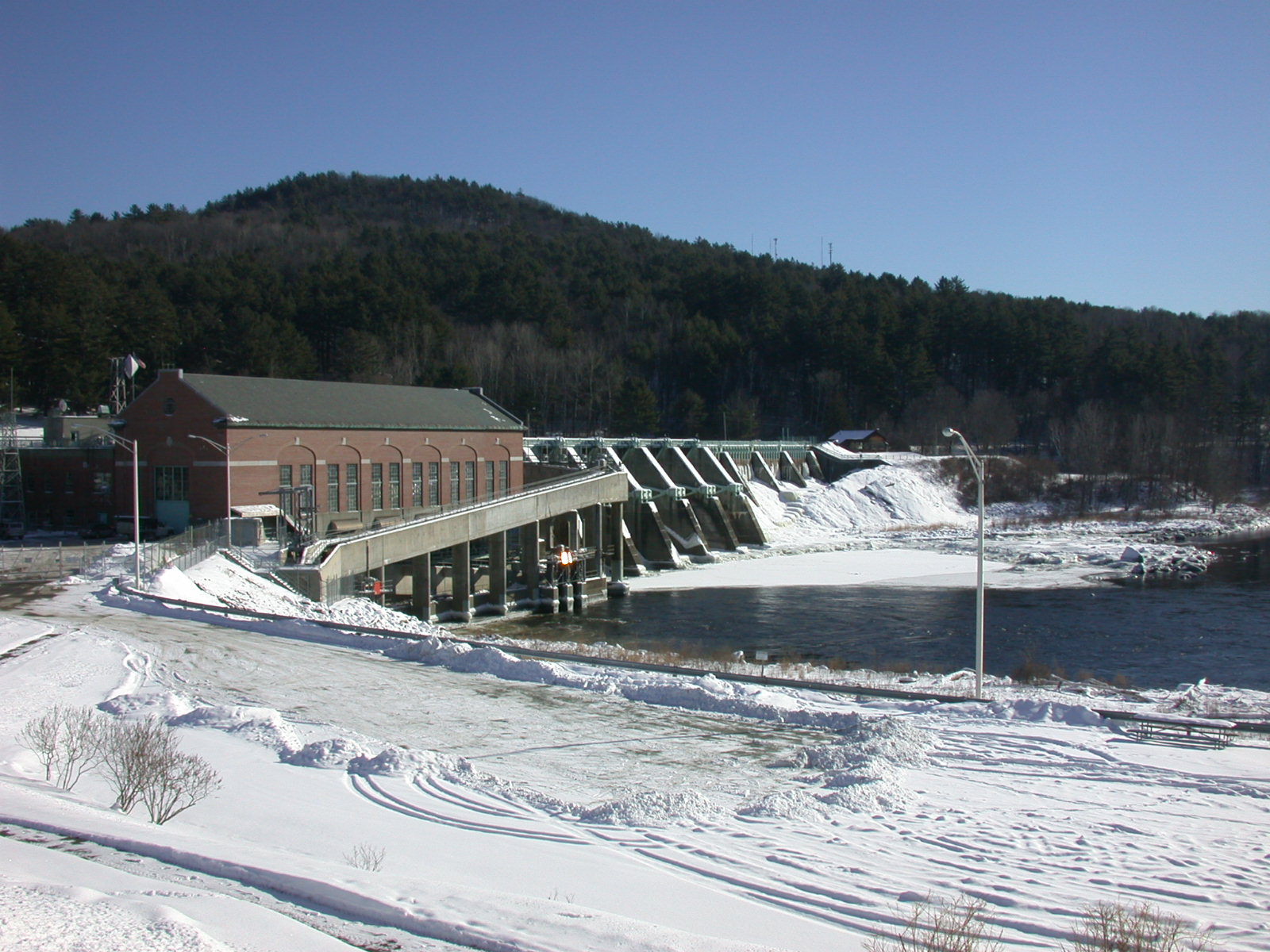Area Information
The Town of Hartford and Its Five Villages: History and Attractions
Hartford, Vermont, is home to five distinctive villages, each with its own rich history and charm. From historic industries to natural wonders, discover what makes Hartford Village, Quechee, White River Junction, West Hartford, and Wilder unique destinations for residents and visitors alike.
Hartford Village: A Historic Hub on the White River
Located along the White River, Hartford Village boasts a diverse industrial past, including the production of chairs, tools, lumber, carriages, and textiles. One of its notable historical figures is Horace Wells, the first dentist to use "laughing gas" as anesthesia.
Today, Hartford Village is a vibrant, walkable community with families enjoying its excellent fishing spots, swimming holes, and a boat launch at Watson Memorial Park. The southern end of the park also features the Upper Valley's only dog park, popular with locals and their pets.


Quechee: From Mill Town to Resort Destination
Settled in the 1760s, Quechee's economy originally revolved around the Ottauquechee River mills, producing lumber, cider, and fabric. Notably, the village became known for producing "shoddy" fabric at J.C. Parker and Co. and for manufacturing baseball uniforms for the Boston Red Sox and New York Yankees at Dewey and Company.
While Quechee experienced economic decline in the mid-1900s, the 1960s brought a revival with the development of the Quechee Lakes Resort. This four-season resort community transformed the village into a premier destination. Quechee Gorge, also known as "Vermont’s Little Grand Canyon," attracts over 200,000 visitors annually, offering hiking, fishing, and winter sports.
White River Junction: From Railroad Hub to Arts District
White River Junction's strategic location along the White River once made it one of New England’s most important railroad hubs. The village thrived as a center for manufacturing and warehousing, but the arrival of the interstate highway system in the 1960s shifted commerce away from the downtown, leading to a period of decline.
However, White River Junction has since been revitalized as a hub for arts and culture. Its vibrant downtown now features art galleries, professional theater, music venues, and restaurants, solidifying its reputation as a cornerstone of the Upper Valley's creative economy.


West Hartford: Rural Charm Along the White River
West Hartford, the most rural of Hartford’s five villages, is nestled along the White River and offers plenty of recreational opportunities such as whitewater kayaking, canoeing, tubing, fishing, and swimming. Its open fields and scenic views of the White River Valley provide a peaceful escape.
Despite its rural nature, the village boasts a historic country store and public library. A focal point of the village is the new Patriot’s Bridge, honoring Hartford’s service members, along with a nearby pocket park dedicated to local heroes.
Wilder: A Planned Community with Historic Roots
Originally known as Olcott Falls, Wilder was named after Charles Wilder, who established the massive International Paper Company plant in the area, producing newspaper and pulp. Today, the village is home to the Wilder Dam and Salmon Ladder, both part of TransCanada's hydroelectric system on the Connecticut River.
Wilder is a popular residential community due to its proximity to employment centers in Hanover, its well-planned neighborhoods, and recreational spaces such as Dothan Brook Elementary School and two public parks.

